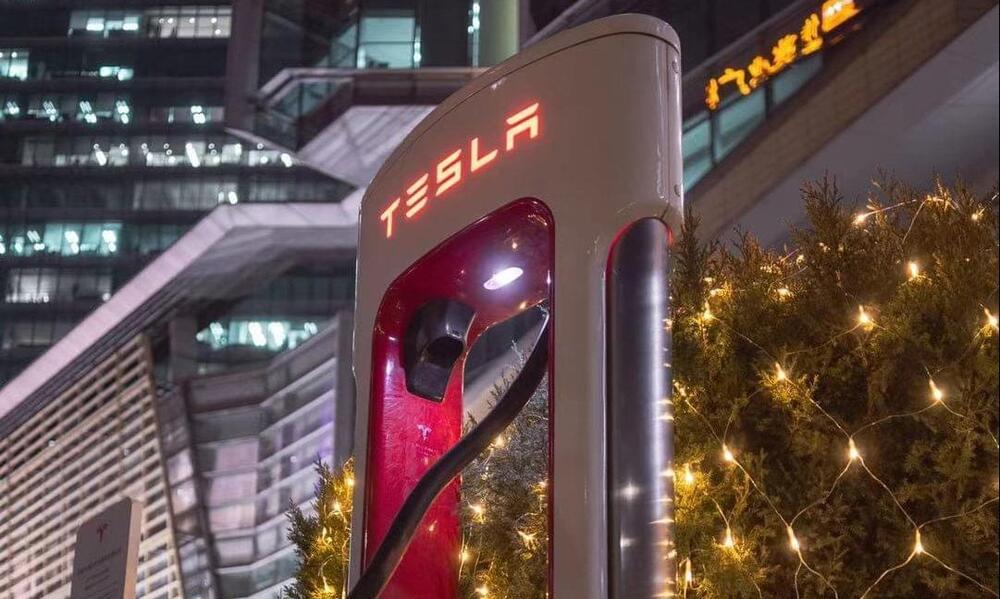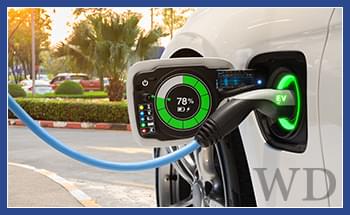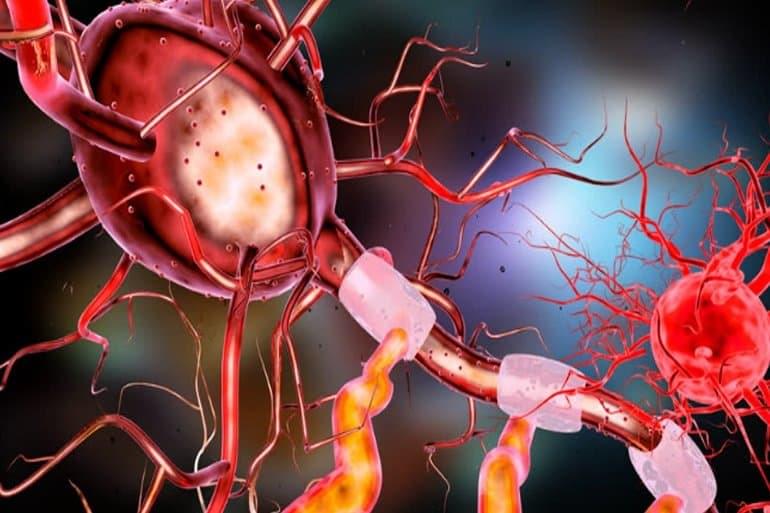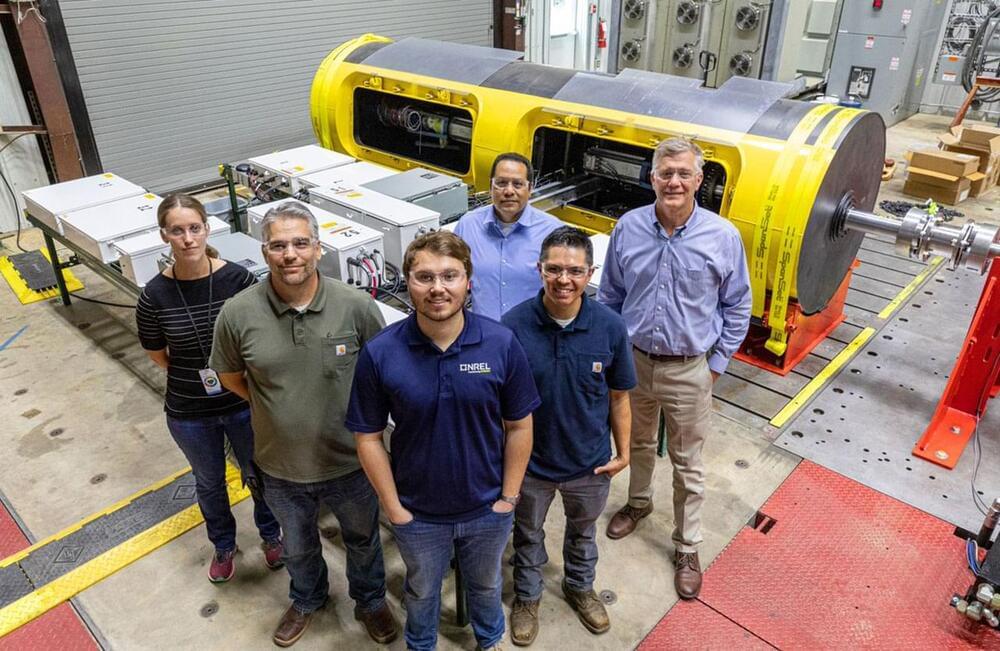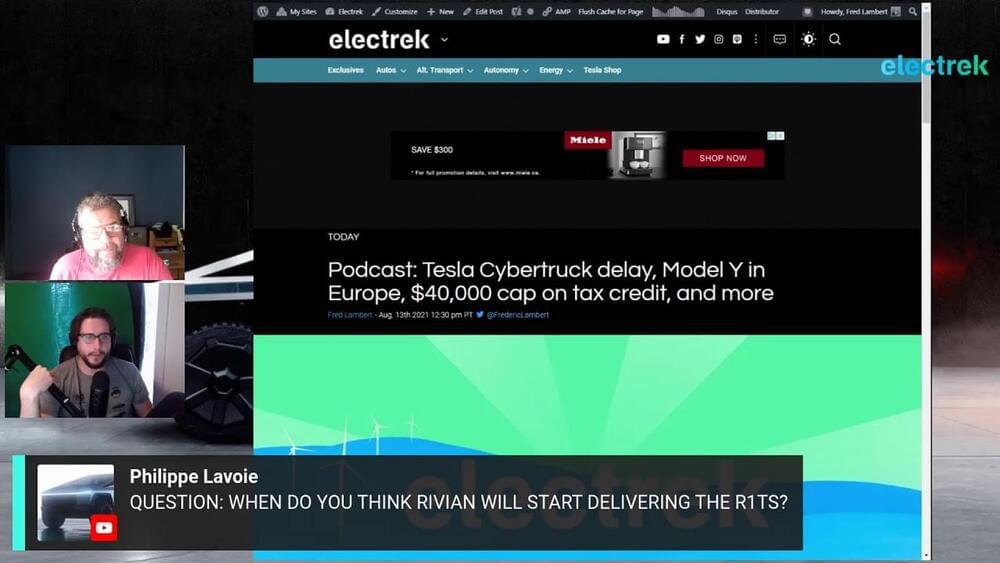Toyota Motor Corporation announced on Tuesday that it will spend a massive $13.6 billion, or 1.5 trillion yen, on battery supply systems and research and development of electric vehicle battery technology by 2030. The investment will help the Japanese automaker establish a system for the development and supply of batteries for electrified models.
In April, Toyota debuted the bZ4X BEV concept and announced plans to roll out 15 BEVs under the bZ (Beyond Zero) family. Toyota surged into sustainable transportation with the development and release of the Prius Hybrid years ago, but the company has not significantly contributed to the development or sale of fully electric powertrains. Toyota CEO Akio Toyoda has not been in any hurry to develop electrified models for customers and still believes that the company remains light years ahead of EV competitors like Tesla due to size, experience, and production.
Toyota debuts bZ4X SUV concept, kicking off its 15 electric vehicle lineup

